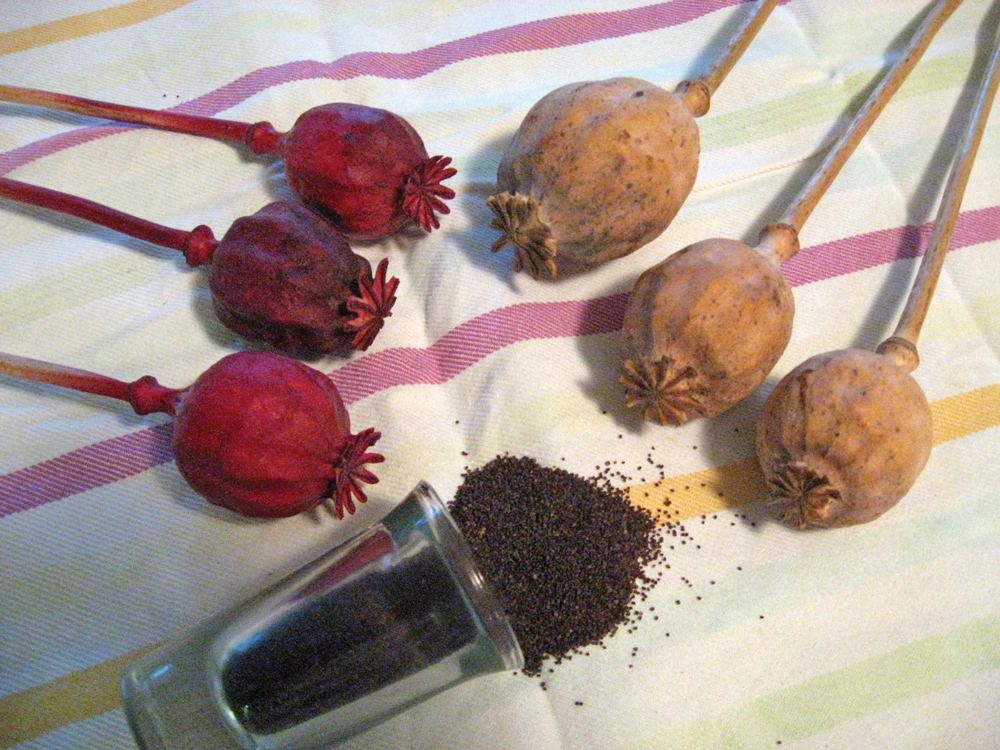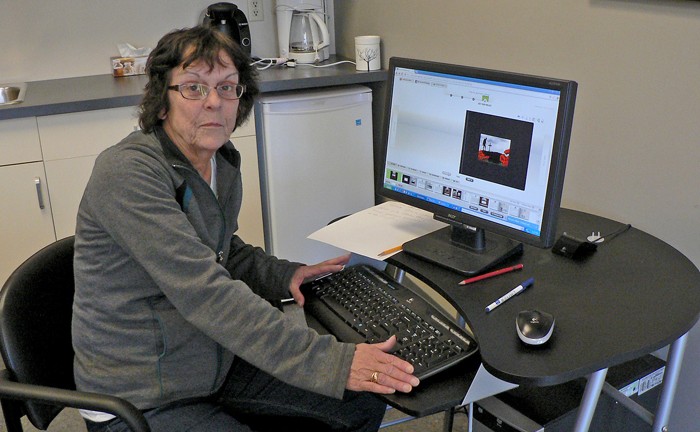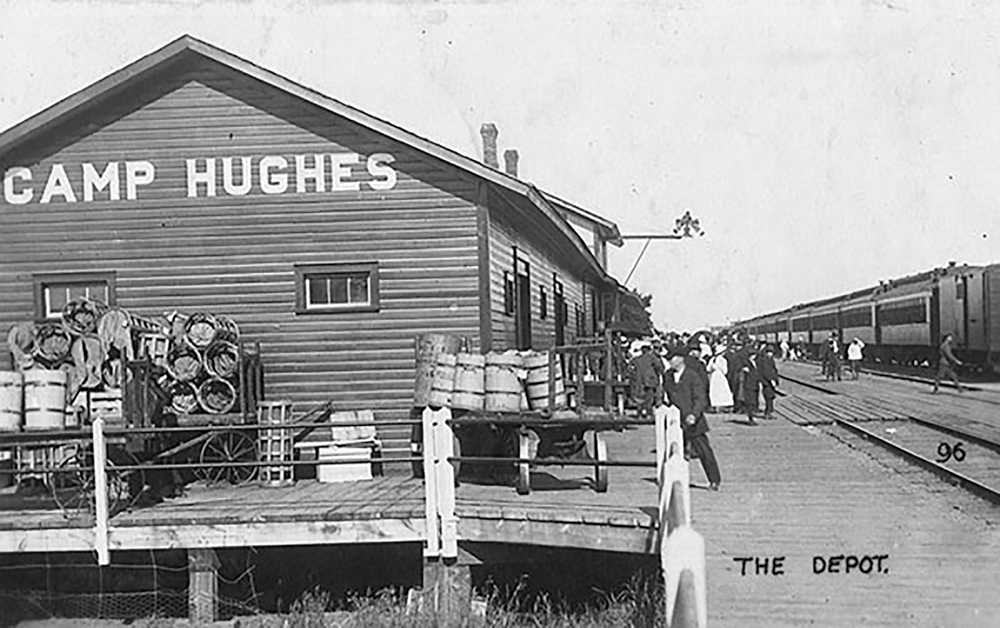November 11 brings back memories for many people and the poppy is one of the established symbols of Remembrance Day. However, they are useful for more than the beauty of their flowers and to remind us of the fields of poppies near European war memorials. Poppies produce beautiful seed heads and abundant seeds, both of which can be used in a variety of ways.
Poppy seeds were — and still are to some degree — a common staple in Eastern Europe where they were an inexpensive substitute for nuts in baked goods. Commonly called breadseed poppies, these plants were grown specifically for their seeds. Some people refer to them as opium poppies because other than the seeds, the rest of the plant parts are quite toxic and are used to manufacture opium. Although growing poppies for culinary purposes is legal, growing them to manufacture drugs is, of course, illegal.
I have a double pink poppy that self-seeds every year. I have never planted the seeds; it was in the garden when my wife and I moved here almost 20 years ago. Once you have poppies, you will always have them! The seed heads of my pink poppies are small compared to many breadseed ones — only about two cm in diameter — but they do produce abundant seeds. I am not a discerning poppy seed connoisseur, but I know a fellow gardener who is. He has Eastern European roots and grows several varieties of poppy seeds — some heirloom varieties — and he can tell the difference between each variety as the colour, taste and size of the seeds all vary.
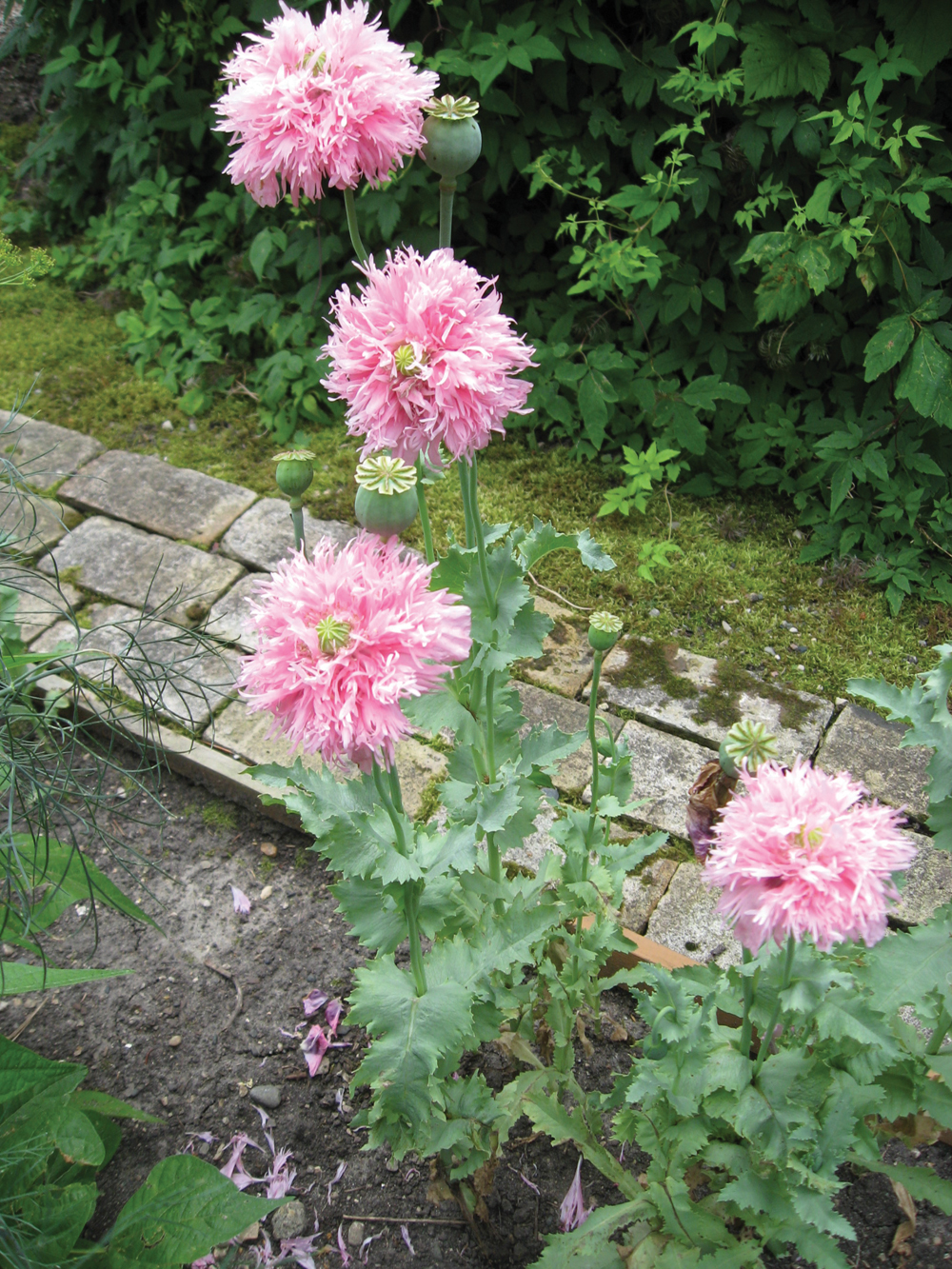
He gave me some seeds of a white variety one year and I grew them in a row in the vegetable garden. They had large white single blooms with black eyes — Hungarian poppies I think — an heirloom variety that produces blue-black seeds and large urn-shaped pods. He also showed me some white poppy seeds, produced by an heirloom Slovakian variety. Both are sought after by chefs as being of superior quality and having particular characteristics when used in baking.
The poppies that are grown for seed are either Papaver somniferum or P. Rhoeas, and they produce pods that are larger than some of the decorative poppies we grow in our annual gardens. Many of the latter have very small seed heads and the seed is very fine, not useful for culinary purposes.
Read Also
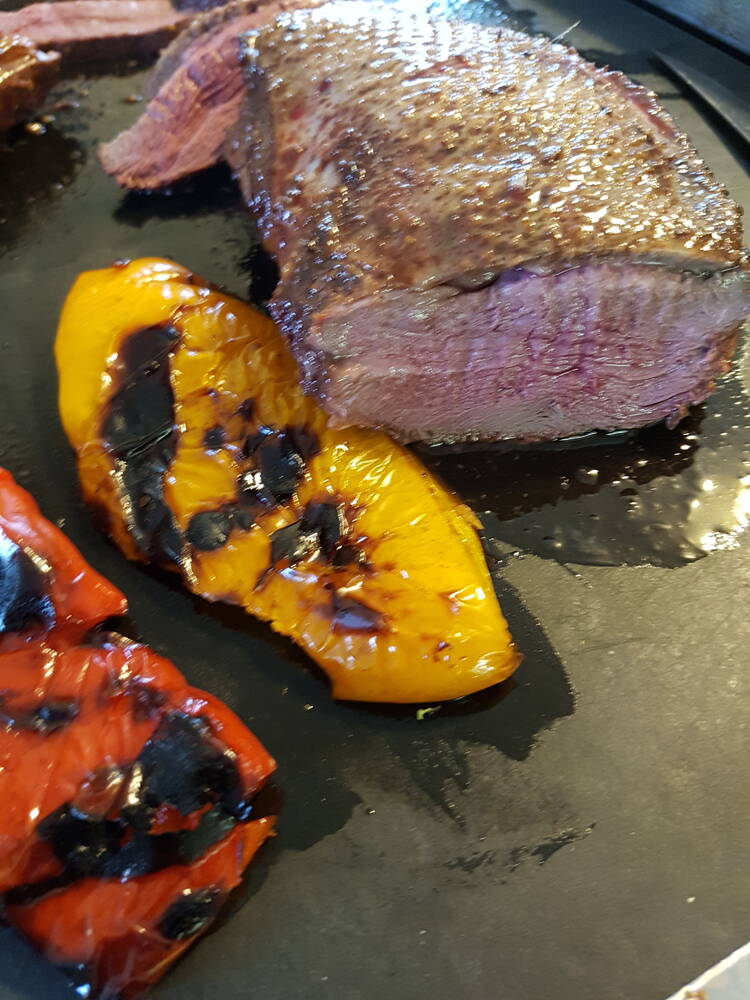
Giant Canada geese have gone wild in Manitoba
Giant Canada geese are seemingly everywhere and can be fine table fare for local hunters, but 70 years ago, they were borderline extinct.
Besides being grown for their seeds, poppies with larger seed heads are useful to dry and use in dried flower designs. The green seed heads can be used during the summer in fresh flower designs as well. I leave the seed heads on the plants and they remain green and gradually ripen. I cut them and use them in fresh flower arrangements before they begin to turn brown due to maturation. The pods that I don’t use I hang upside down in a dry, warm place to cure. Before I hang them I place them in a paper bag to catch the seeds as they fall out as they ripen.
The seed heads have a row of tiny holes under the “cap” that sits atop each seed head. These holes are used by the plant to disperse the seeds. As the wind shakes the plants, the seeds will fly out of the holes after they have ripened — Mother Nature’s automatic seeder!
Besides being colourful additions to the vegetable patch, where volunteer poppies grow here and there all summer, these delightful plants can add colour to a mixed border, serve on their own in an annual border along a fence or foundation, and even grow in pots. It is wonderful that they can also provide a food product and decorative material for floral artists. Yes, poppies are for remembrance of our soldiers, but they can serve several other purposes as well.





